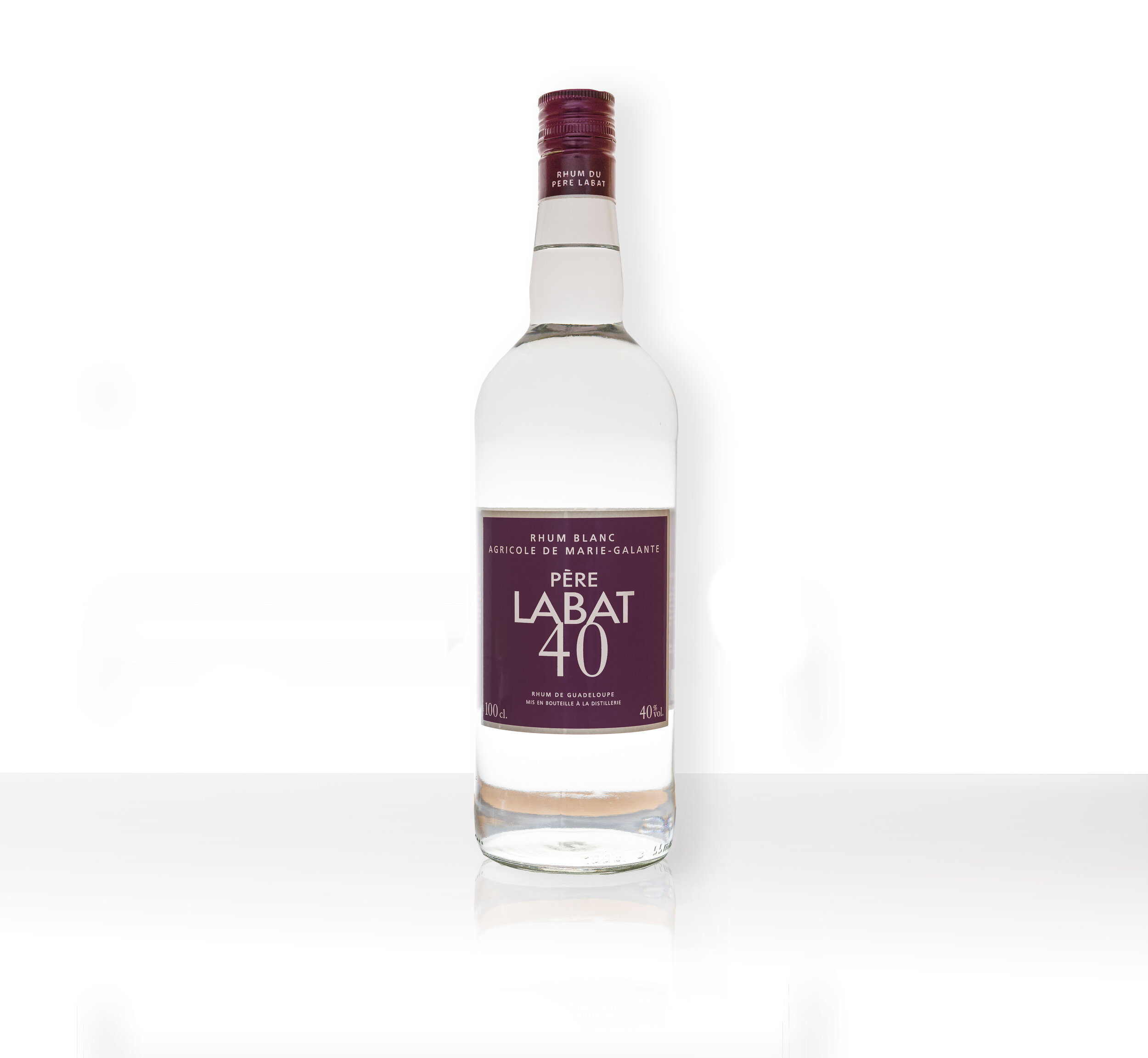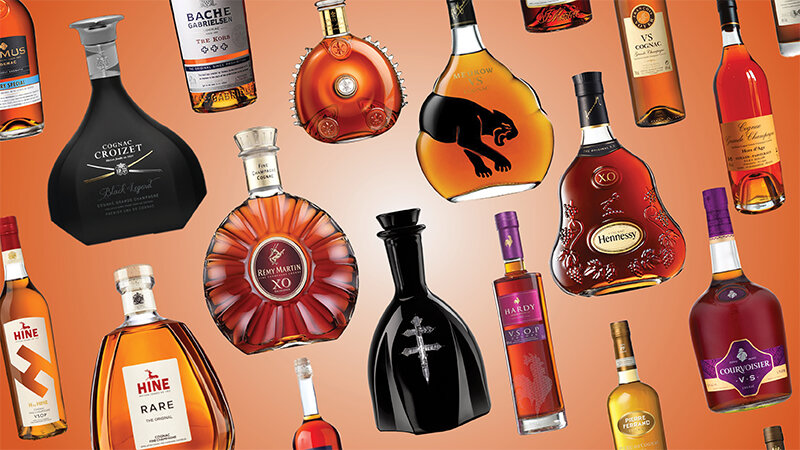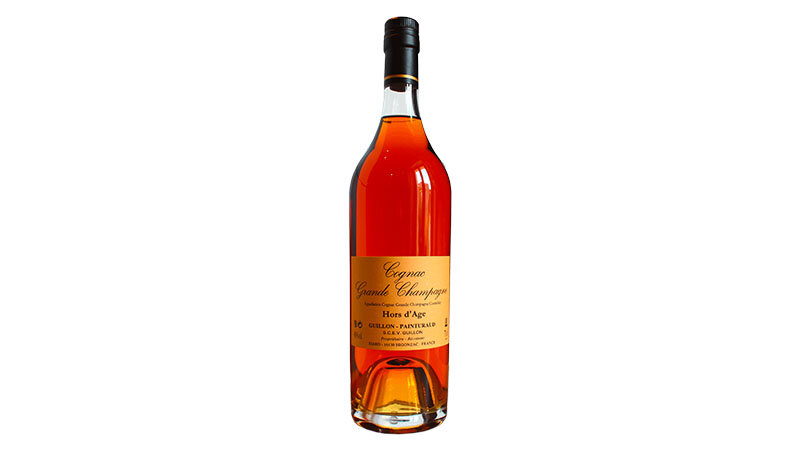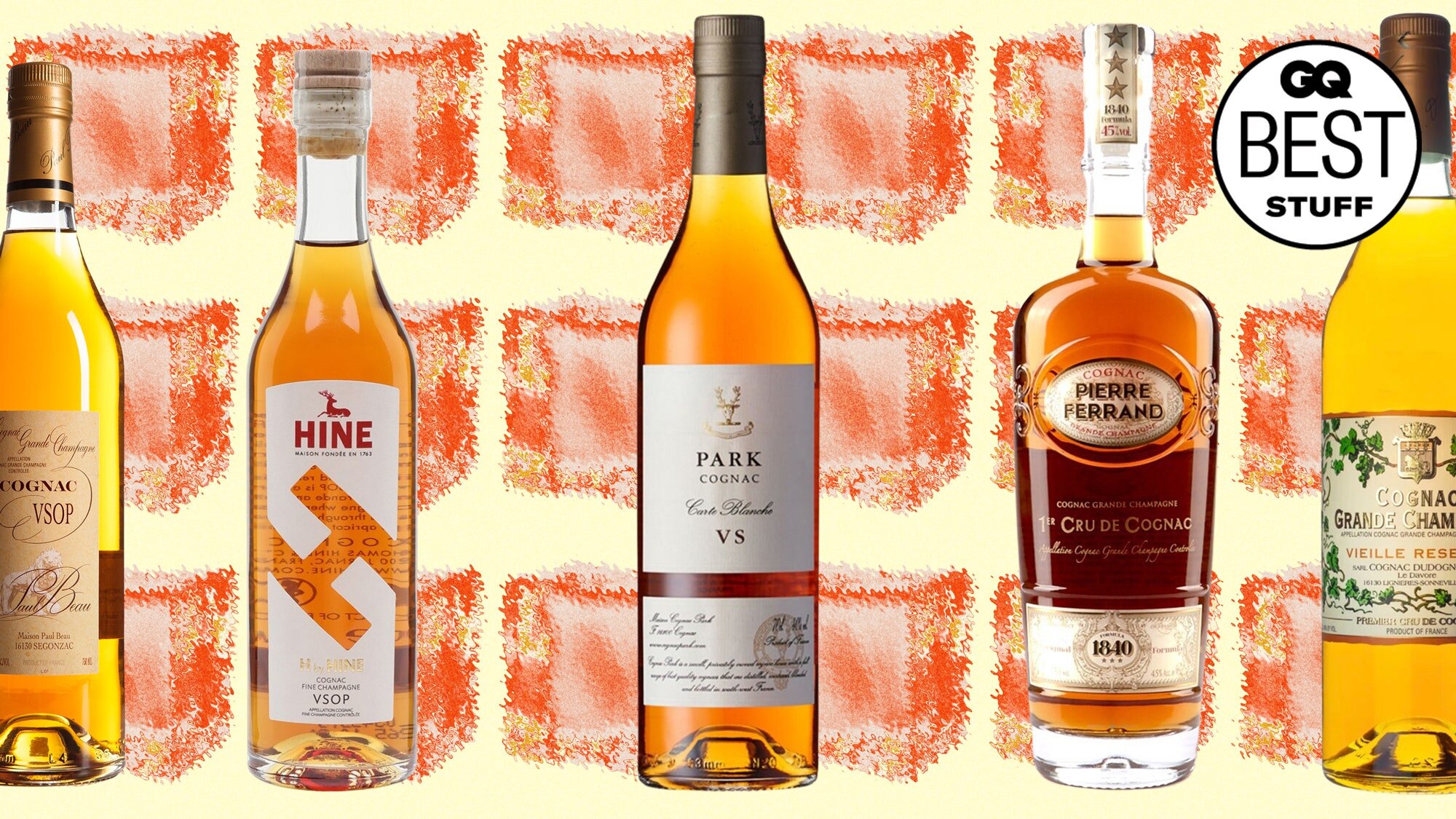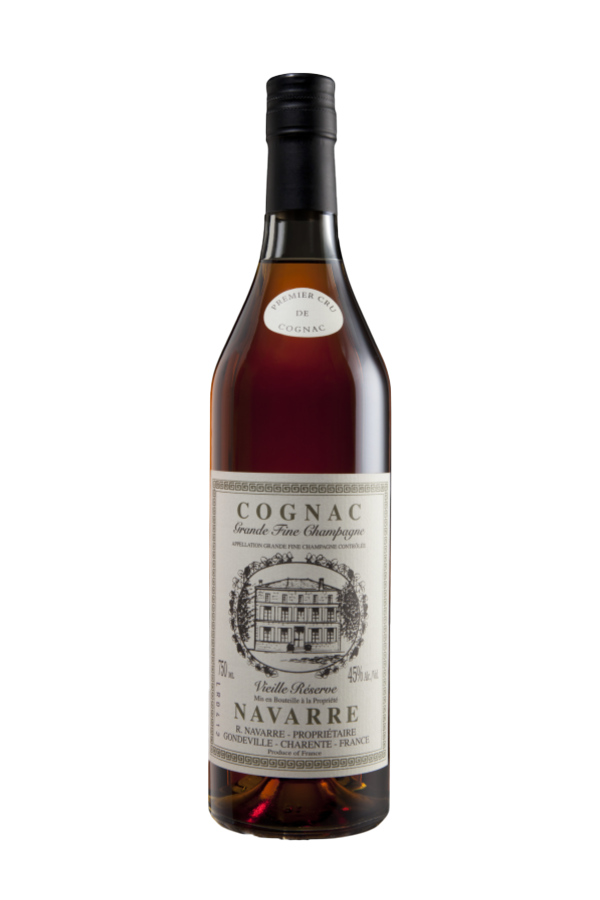There's a rum for everyone, and these newly available rums highlight the breadth of this amazing spirit.
The question is no longer dark, gold, or silver, but whether the rum was distilled from crushed sugarcane, cane syrup, or molasses, and how much sugar was added back in. Instead of asking simply how old a rum is, you might wonder how many years it spent aging in one climate before it was sent to a different one.
Increasingly, new rums offer geographical specificity, letting you mull the influence of local culture and method of sugar production, as though you were drinking wine. The experience can be like enjoying other terroir-forward spirits like mezcal, unpredictable but obviously representative of place, and transcendent when you taste the right one. There's also been an explosion of armchair spirits connoisseurship that has made room for special gems that were previously only available abroad, as well as cultivating a new appreciation for historic distilleries who are now finding new markets for their output.
Pere Labat 40
The term rhum agricole is widely applied to rum made from freshly pressed sugarcane, but most specifically applies to the appellation-protected rums of French-administered islands in the Caribbean Sea and Indian Ocean. While Martinique rhum is widely available from distilleries like Neisson, La Favorite, and Clement, rhum from Guadeloupe has been extremely rare until now. Père Labat, produced on the island of Marie-Galante, has exquisite aged options, but the unaged distillate is a great place to start. Available in both 40 and 59% abv, the gentler strength is smooth, naturally sweet, and dangerously easy to enjoy in a fruity highball or on ice.
https://www.foodandwine.com/cocktails-spirits/rum/best-rums-to-drink-right-now

